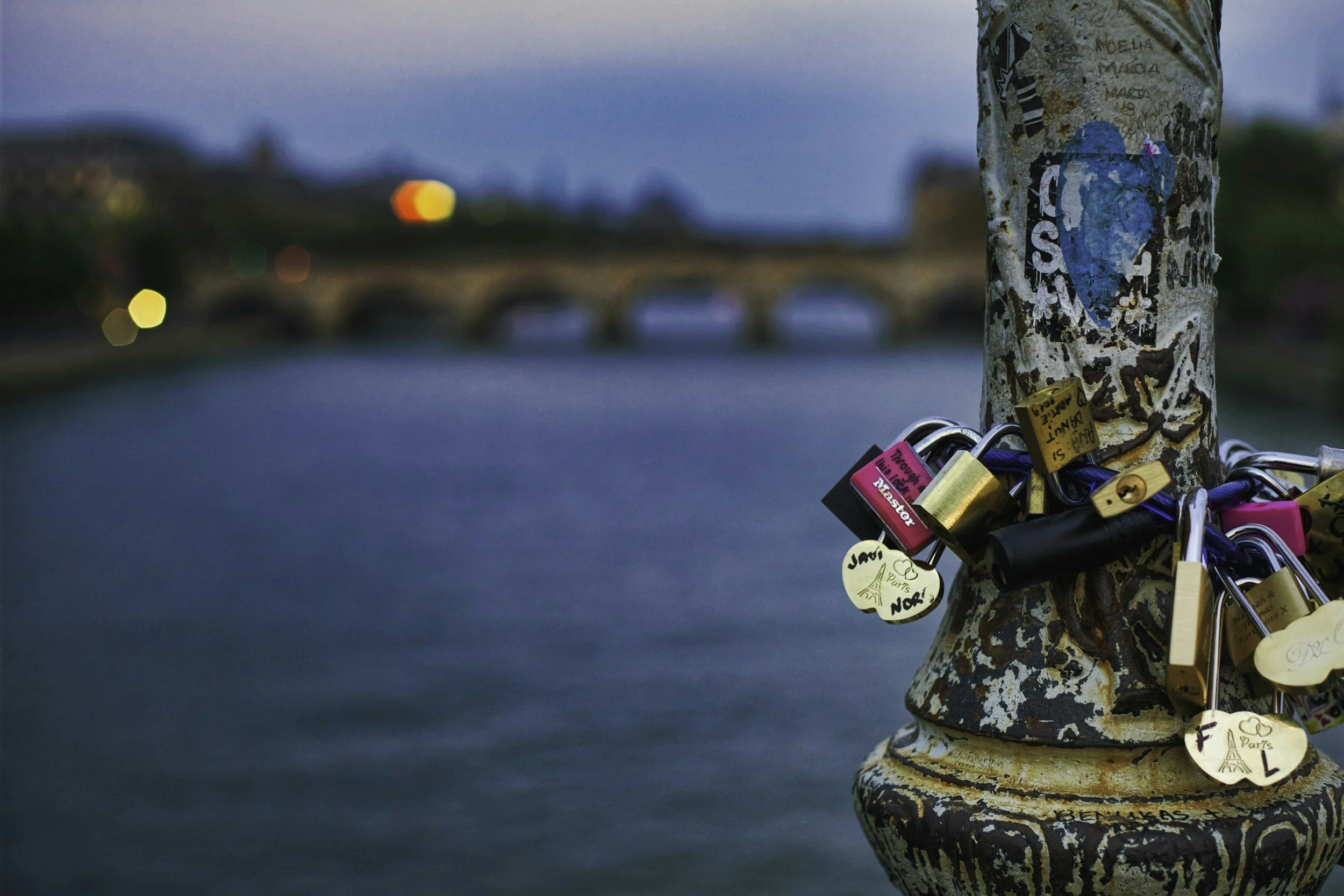How to avoid making a bad situation worse!
by Wanda Diep, LCSW.
When it comes to building and strengthening meaningful relationships, mattering plays a huge role. It’s one thing to say “you matter to me,” but there’s a different sense of security when this is felt.
Back in the 1980s, a couple researchers by the names of McCullogh and Rosenberg broke down mattering into three parts: attention, importance and dependence. It’s updated now to a version of awareness, importance and reliance. Let’s look at the three components a little more closely:

by Andrew Kravig, LMFT.
We live in a world that seems to be moving faster each day—spinning with uncertainty, division, and painful change. Whether it’s the weight of global events, personal loss, or the quiet ache of feeling ungrounded, many of us are walking through life carrying more than we put into words. And in these moments—when the ground beneath us feels shaky—what we most long for is often what we most resist: compassion for ourselves.
Self-compassion is not a passive turning away from reality. It is not about excusing ourselves or avoiding discomfort. Rather, it is a courageous presence—a tender and honest attending to our own hearts. In the midst of inner and outer storms, it becomes a gateway to clarity, resilience, and peace.

by Brianna Patti, LMFT.
If you’ve ever googled something like “how can i get my partner to show up for me,” you’re probably familiar with popular teachings of Gary Chapman’s The 5 Love Languages (1992). Many people have sought solace in this ideology as they weathered impasses in their relationship. Partners who feel distanced from their significant other can receive a glimmer of hope as they read about simple prescriptions for connection that they can suggest to their partner. It’s important to honor that this framework has provided millions of people with concise language that began important conversations about deep emotional needs.

by Tiffany Hooton, LMFT.
When people think about anxiety, they usually imagine constant worrying or thoughts looping on repeat. However, anxiety, like all emotions, is not a purely cognitive experience; it also lives in the body. Tight shoulders, unexplained nausea, a racing heart, or restless nights can all be signs of stress you’re carrying without realizing it.
This connection between mind and body matters, especially in a world where stress feels increasingly inescapable. Many people are living with not just personal worries but also collective fears tied to politics and questions of safety. For LGBTQ folks, immigrants, and others navigating discrimination, uncertainty, and threats of violence, the weight of these pressures can show up as chronic stress. Paying attention to how anxiety affects the body can be a first step toward understanding what you’re going through and can offer some concrete strategies to care for yourself even when so much else feels out of your hands.

by Andrew Kravig, LMFT.
In my time working with those suffering from addiction, I have found one truth to be consistently overlooked—not by those struggling, but by the systems, narratives, and even treatments surrounding them: The absence of self-compassion.
Addiction is not a choice. It is not a moral failing. It is not, at its core, about substances or behaviors. Addiction is a response—a deeply human response—to pain. It is an attempt to soothe wounds that may not even be remembered, to quiet voices of shame that have echoed for decades, and to reclaim, if only briefly, a sense of agency in a world that once felt out of control.
Yet despite this, those struggling with addiction are often met with judgment—from others, certainly, but most tragically, from themselves.

Convenient to Long Beach and Seal Beach at:
4510 E Pacific Coast Hwy, #540, Long Beach, CA 90804
contact@prospecttherapy.com | (562) 704-4736

